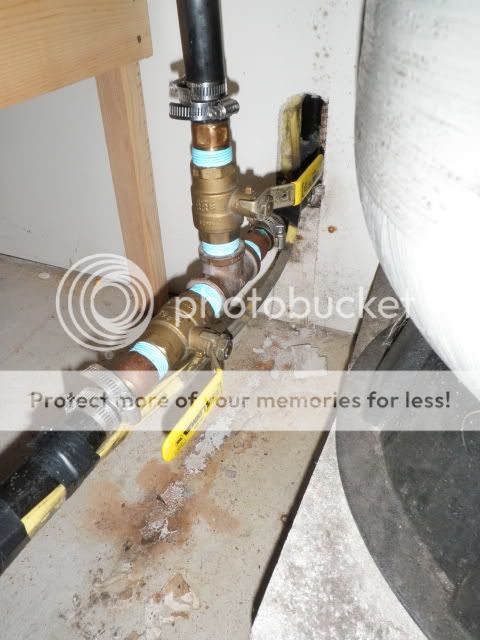This is a checklist that I created a couple years ago for storms. It has gone through several changes and this is it currently. Has come in handy a couple times making sure we do everything. It is mostly geared towards snow and ice. For summer we leave the food in the fridge and run the generator based on fridge temp.
Storm Checklist
72 hrs before:
Test generator, chainsaw and snow removal equipment. Ensure enough oil and mixed gas
Check supply of gasoline. Fill 2 more plastic cans if looks real bad.
Clear any debris or lawn furniture and toys from the yard
Ensure all bottles are frozen in the freezer
Check flashlights and oil lamps. Check battery and lamp oil supply.
Check for coolers in garage
48 hrs before:
Pick up any needed supplies. Get extra milk and other perishables.
Do all laundry
Top off vehicle tanks
Fill wood rack and leave full wheelbarrow in garage
Get $200 out of bank/ATM.
24 hrs before:
Move vehicles in driveway
Feed birds and chickens
Move snow equipment to attached garage
Eat leftovers etc out of fridge
Get out stove, propane tank etc.
Charge cell phones
Clean up house
Imminent:
Move food in fridge freezer to deep freeze
Put temp sensor in deep freeze and refrigerator
Flashlights or LED lanterns in every room.
Refill wheelbarrow with wood if needed.
Move power supply into house
Get showers
Fill brew bucket with water in the kitchen and 2 buckets in the tub.
After Storm:
If power is out move refrigerator food to cooler and put in garage with temp sensor once fridge hits 38
Check house and garage for damage
Clear driveway and clean off cars
Get out the radio
Set up propane stove
Fire up generator when deep freeze hits 20
Storm Checklist
72 hrs before:
Test generator, chainsaw and snow removal equipment. Ensure enough oil and mixed gas
Check supply of gasoline. Fill 2 more plastic cans if looks real bad.
Clear any debris or lawn furniture and toys from the yard
Ensure all bottles are frozen in the freezer
Check flashlights and oil lamps. Check battery and lamp oil supply.
Check for coolers in garage
48 hrs before:
Pick up any needed supplies. Get extra milk and other perishables.
Do all laundry
Top off vehicle tanks
Fill wood rack and leave full wheelbarrow in garage
Get $200 out of bank/ATM.
24 hrs before:
Move vehicles in driveway
Feed birds and chickens
Move snow equipment to attached garage
Eat leftovers etc out of fridge
Get out stove, propane tank etc.
Charge cell phones
Clean up house
Imminent:
Move food in fridge freezer to deep freeze
Put temp sensor in deep freeze and refrigerator
Flashlights or LED lanterns in every room.
Refill wheelbarrow with wood if needed.
Move power supply into house
Get showers
Fill brew bucket with water in the kitchen and 2 buckets in the tub.
After Storm:
If power is out move refrigerator food to cooler and put in garage with temp sensor once fridge hits 38
Check house and garage for damage
Clear driveway and clean off cars
Get out the radio
Set up propane stove
Fire up generator when deep freeze hits 20


![Wink [wink] [wink]](/xen/styles/default/xenforo/smilies.vb/002.gif)

![Grin [grin] [grin]](/xen/styles/default/xenforo/smilies.vb/041.gif)
![Laugh [laugh] [laugh]](/xen/styles/default/xenforo/smilies.vb/012.gif)